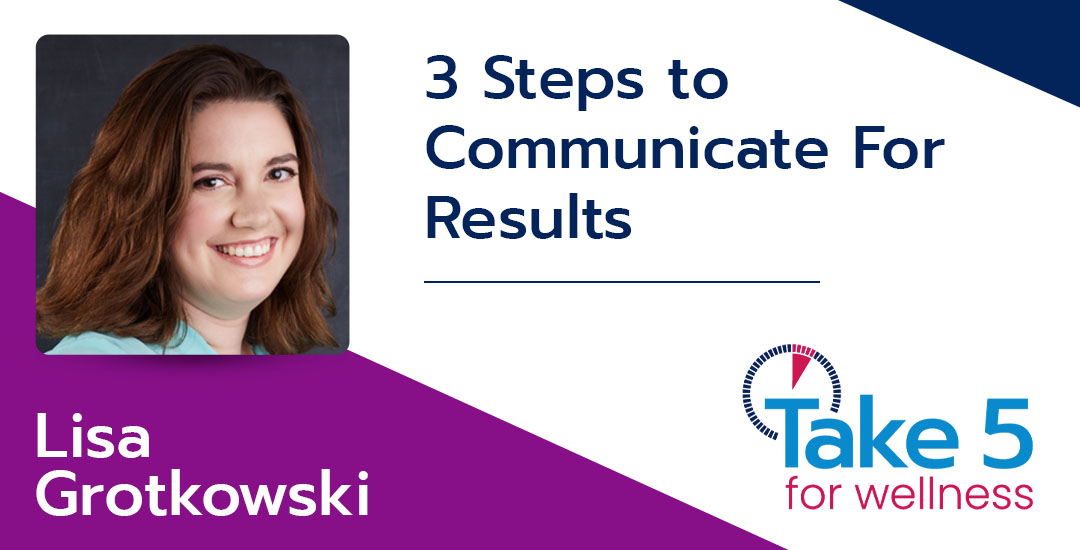Communication is all around us. Our inboxes are full. Zoom has become a forbidden word. Posters, billboards, media screens, social media…the list goes on…compete for our attention.
How do you cut through it all to reach your employees and clients? The answer is deliberately, says Lisa Grotkowski, principal of Write to Communicate in Edmonton, Alberta, who presented to member firms of the Benefits Alliance Group during its annual conference in November 2021.
“Creating meaningful connections with your employees and clients requires communications that meet their needs. It requires reaching them through channels that work for them. It requires presenting content that interests, excites, and engages them. It requires well-structured communication that they can scan quickly and easily to get the information they need,” explains Grotkowski.
Here are her three main steps to create content that resonates with employees and clients:
1 – Develop a short plan focused on the audience you want to reach
Don’t be intimidated by this first step. “You can start with a few lines on a sticky note and graduate to more detailed plans for more expansive communications efforts,” advises Grotkowski.
A solid plan answers the following questions:
- What am I trying to achieve for my organization? (e.g., 70% enrollment in new benefits portal)
- What does my communication need to achieve to support that outcome? (e.g., employees recognize the advantages of the portal)
- Who do I need to engage to support the business outcome? (i.e., current employees and new employees)
- What key messages do my audience need to hear? (i.e., the advantages of the portal to them)
- What tools are most effective to reach my audience(s)? (e.g., emails, team meetings)
- What are the tactics? (e.g., who is the most credible sender, when does it need to be sent, who will do it?)
- How will we evaluate the outcomes? What data can we collect? (e.g., percentage of employees who enroll; click rate on emails)
2 – Be relevant
Start with a plain-language message that “hooks” your audience and makes them want to know more. “Clearly spell out the reasons why your communication matters to them—for example, how they benefit,” notes Grotkowski.
Put another way: do not “save the best for last.” Too often people feel they need to set the stage with background information and then “build up” to an impressive finish—but that requires a highly engaged audience. Get to the point right away by communicating what’s most relevant to your audience and answering the questions ‘What?’, ‘Why?’ and ‘Now What?’
“You can still share background and details but use them to supplement or complement your main message for those who want more information,” adds Grotkowski.
3 – Evaluate
Don’t skip the evaluation – it’s your path to continuous improvement. It’s typically most helpful to measure how your communication helped achieve your business result (e.g., how many people signed up for the new benefits portal). You can also measure the impact of your communications channels (e.g., how many people opened an email or viewed a video) or content (e.g., audience sentiment toward the content).
“If you follow these three steps, you will be deliberately communicating to deliver results for your organization, connecting in meaningful ways with your employees and clients—and getting better at it all the time,” says Grotkowski.

This article is part of Benefits Alliance’s Take 5 for Health Benefits Initiative. Take 5 provides a deeper look at employee health benefits, drawing from the experiences of plan sponsors, subject matter experts and the latest research. The Take 5 newsletter is delivered quarterly to plan sponsors across Canada.
